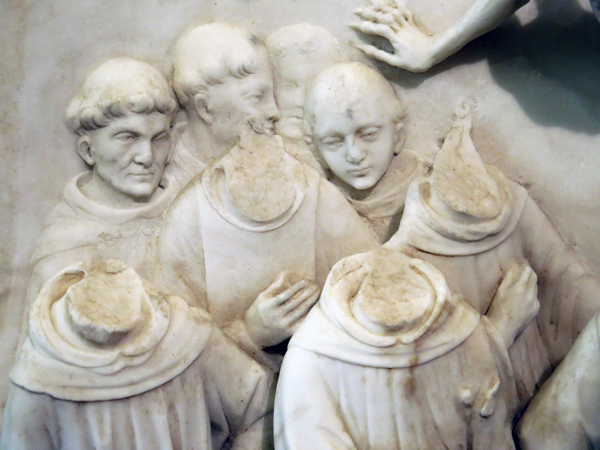Special Topics: Disfiguration, Defacement, and the Unmaking of Visual Art

This course will explore intentional damage and transformative acts directed at works of visual art, material culture, and heritage sites, across historical cultures and geographies. The conventional terminology used to characterize such destruction (vandalism, iconoclasm, censorship, graffiti) will be interrogated and historicized. We will be interested in the so-called "power of art" and visual/material culture to elicit strong responses from viewers and explore understandings about the agency of images and figuration. Visual art and cultural heritage will be studied as sites of contestation, where competing belief systems, regimes of knowledge, aesthetic values, and political ideals come into conflict and are given charged expression. Intentional breakage will be shown to operate in a dialectical relationship between destruction and construction, as defacement calls attention to that which has been damaged or removed. Significant changes of meaning occur when works of art are damaged, and many works continue to have active afterlives in their modified states. Rich contexts for interpretation, too, open up when the complex conditions, motivations, and power relations involved are explored—and not just during moments of conquest, during the heightened antagonism between proponents of opposing religions, or during regime changes.
Sessions will touch on the defacement of sacred images, damnatio memoriae and politically motivated erasure, the "punishment" of representational figuration, historic preservation and conservation issues, graffiti, artist's acts of "unmaking," and repurposing and collecting. Students from outside the discipline of art history are welcome and may conduct research in their areas of specialization and interest.
Textbooks/Other Materials: Readings to be posted on Canvas
Intended Audience: Graduate students from all disciplines
Class Format: Seminar
Estimated Cost of Materials: $0-50
HISTART Distribution Requirements: D. Europe and the US, 3. Early Modern, 4. Modern and Contemporary